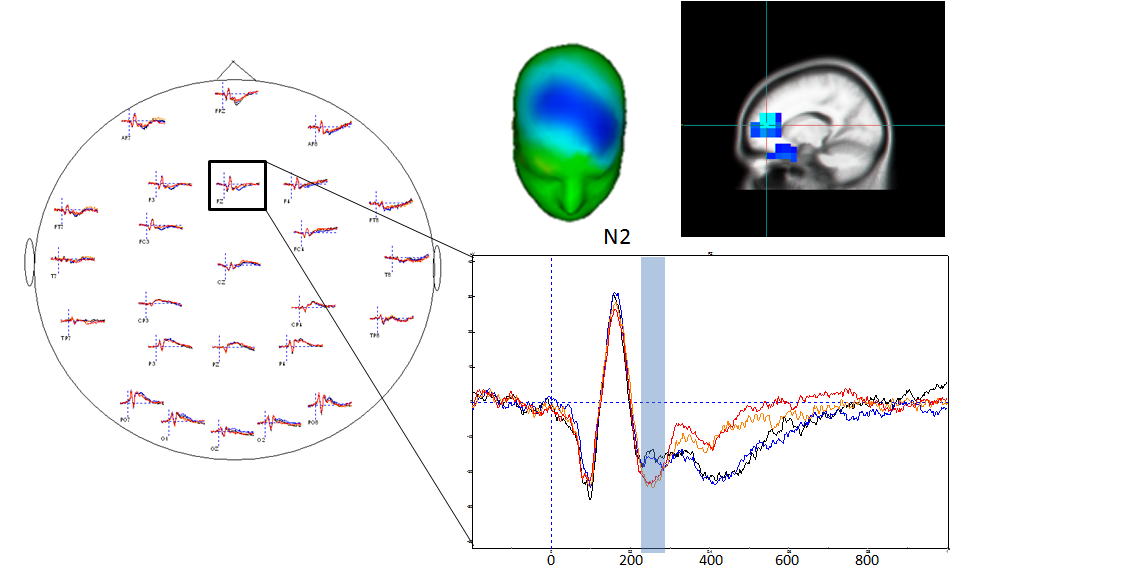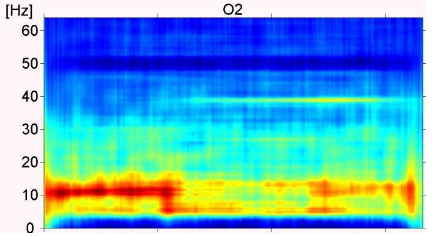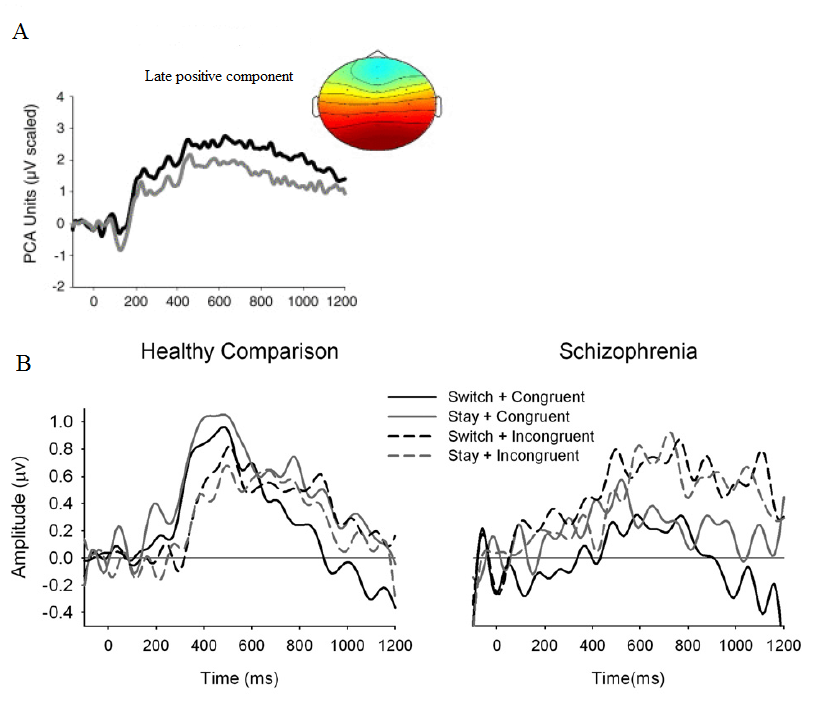|
|
||||||
|
The Cognitive Psychophysiology Lab (CPL) at The College of William and Mary is a state-of-the-art research facility in the Department of Psychology. Research conducted in the lab emphasizes the integration of cognitive and clinical science, addressing fundamental questions about the neural basis of cognitive functions and about the nature of disordered cognitive functioning in clinical populations. A central goal of the CPL is to provide aspiring psychologists and neuroscientists with training and experience in the methods of psychological and electroencephalographic research. If you would like more information about how to get involved in the lab, please click the "Opportunities" link above.
Several ongoing projects are described below.... |
 |
|
CONFLICT PROCESSING We are currently conducting research to determine the nature of "conflict processing" in the brain. Questions about conflict processing are central to the study of cognitive control and "executive" functioning because they deal specifically with situations in which we are faced with a number of potentially valid responses, but only one response is correct given the current context. Many believe that the successful negotiation of this cognitive conflict is central to the generation of appropriate behavioral responses by healthy individuals and may be an important source of deficit in psychopathology. Our current projects aim to identify the factors that contribute to various types of cognitive conflict and to determine whether these sub-types are associated with distinct patterns of neural activity. The image below shows the time-course and scalp topography of the N2 event-related brain potential in response to 4 types of “cognitive conflict.” A source localization analysis of this data confirmed expectations that anterior cingulate cortex is the most likely neural source for this scalp-recorded potential.
ATTENTION Another area of interest in the lab is to understand the components of attentional control and how our expectations about the environment bias attention, perception, and behavior. We use a method sometimes known as “frequency tagging” to induce steady-state evoked potentials in the visual cortex. Below is an illustration of the wavelet-based time-frequency decomposition used in the lab to measure the visual steady state response over the occipital cortex.
AGE-RELATED CHANGES IN COGNITIVE CONTROL Cognitive changes are well-documented in aging populations, however there is active debate regarding the nature of those changes. Ongoing research in the lab aims to further develop our understanding of age-related changes in the attentional functions of the brain using electroencephalography (EEG). Previous research indicates attentional switching deficits in the elderly however; these early experimental designs typically confound measures of attentional- and response-selection processes in task switching. Using procedures which address this limitation, we are investigating potential differences in response times and brain activity between the processes of attention and response selection. One of the ways in which these processes can be measured is by exposing people to stimuli that elicit cognitive "conflict". The figure below shows some of the data we have collected, illustrating age-related differences in conflict processing (Solid Lines = Elderly, Dashed Lines = Young).
COGNITIVE DEFICITS IN SCHIZOPHRENIA Pervasive deficits of attention and set switching have been reported in schizophrenia, prompting efforts to identify the information processing mechanisms associated with these deficits. Recent evidence suggests that set switching may be intact in schizophrenia when the task switch requires only a change in the relevance of perceptual dimensions (e.g., attentional set switches) but decision-to-response mappings (intentional set) are maintained across trials. The integrity of these processes has been demonstrated by measuring the switch-sensitive late-positive component of the ERP following the cue in a cued task-switching procedure (Figure A below). Ongoing research in the lab aims to further develop our understanding of these cognitive capacities in people with schizophrenia. Currently we are interested in understanding how response-selection contributes to the deficits that have been previously observed. Figure B below shows the stimulus-locked "lateralized readiness potential", a positive going component of the ERP that is thought to reflect activity over primary motor cortex. As is evident in the figure, there are clear differences between the schizophrenia and comparison groups in terms of the lateralized readiness potential, indicating differences between the groups in terms of their response selection. Currently, efforts are underway do develop and test new tasks that will permit an assessment of the integrity of response-selection processes in people with schizophrenia.
|




